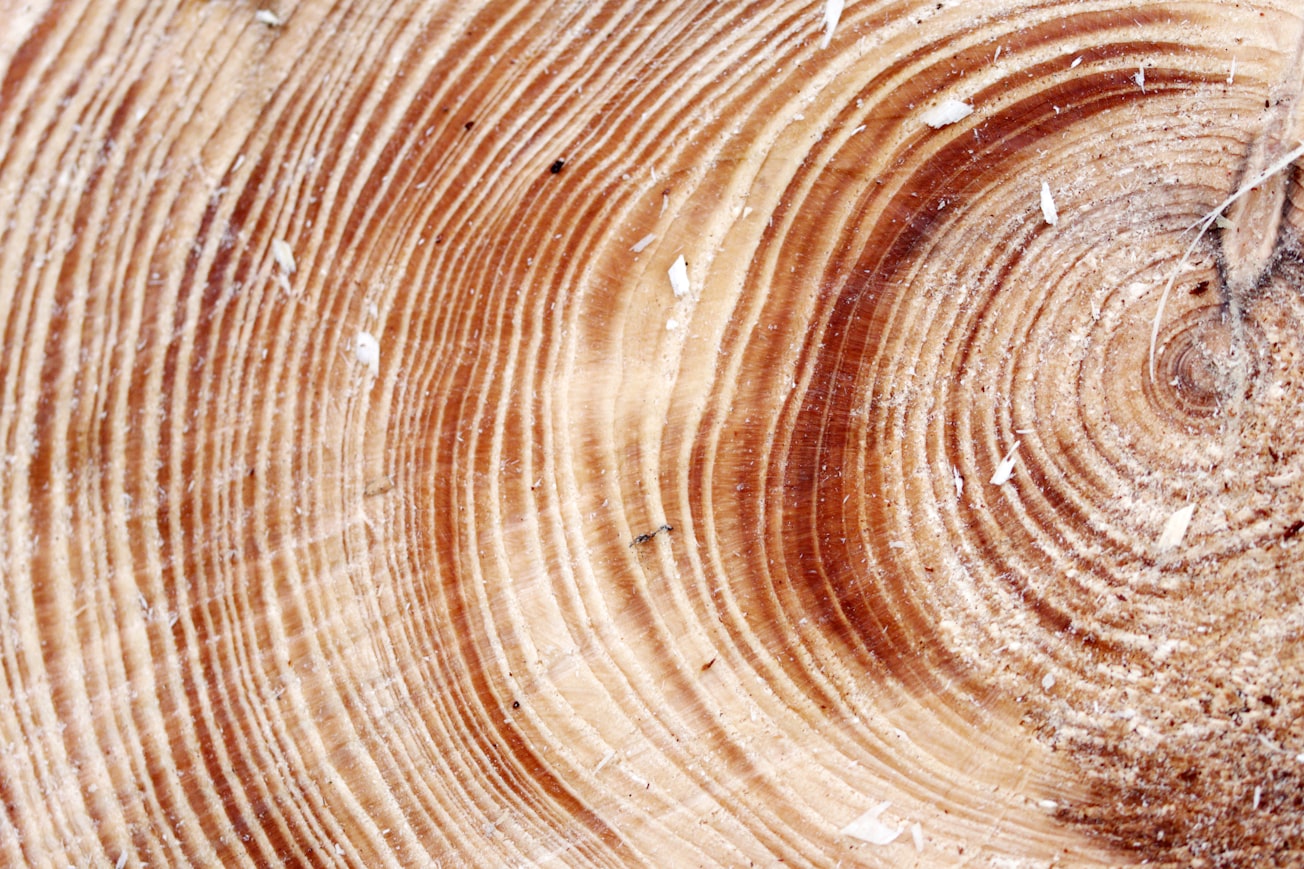What is it about?
In our new Ecography paper, Daniel Zuleta, Kenneth Feeley and I attempt to answer if species distribution models can be used to explain patterns in tree growth across space? Through time? Are tree growth rates changing? and more. Using the public tree-ring data (ITRDB), we calculated >1.5 million annual stem growth rate estimates for 15,677 trees representing 37 species from 558 populations throughout eastern North America. Next, we used collections data (GBIF and BIEN) and historical climate data to create time-specific species distribution models and estimate each population's relative climatic suitability from 1900 to 2010. We then assessed the relationships between growth, suitability and time. We found that growth rates that relationships between growth and suitability were highly variable across species but generally decreased through time independent of changes in climate suitability.
Featured Image

Photo by Marek Studzinski on Unsplash
Why is it important?
These results may suggest that stem growth rates are not a good proxy for fitness and/or that unidentified factors may be slowing tree growth and outweighing any potential benefits of climate change and increasing atmospheric CO2 concentrations.
Perspectives
Regardless of the cause, these findings suggest that we should not count on the increased growth of eastern North American trees to help offset anthropogenic carbon emissions.
Manuel Bernal-Escobar
University of Miami
Read the Original
This page is a summary of: Changes in the climate suitability and growth rates of trees in eastern North America, Ecography, June 2022, Wiley,
DOI: 10.1111/ecog.06298.
You can read the full text:
Contributors
The following have contributed to this page










